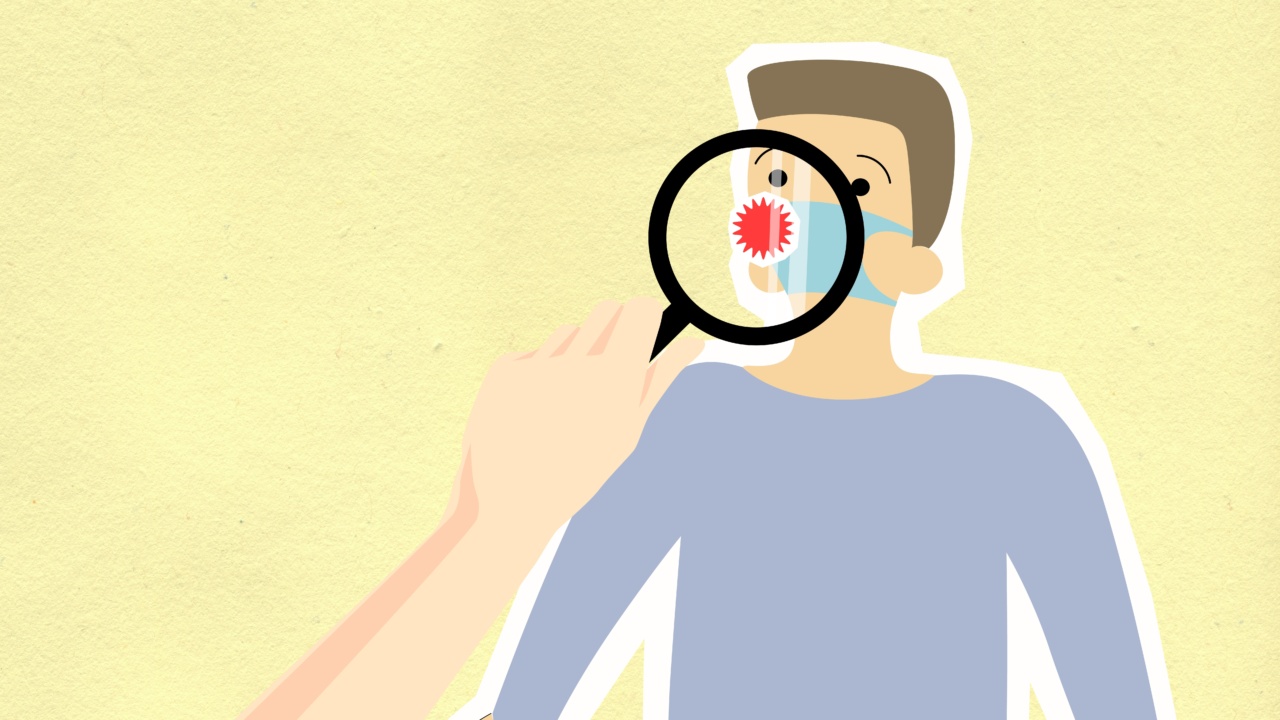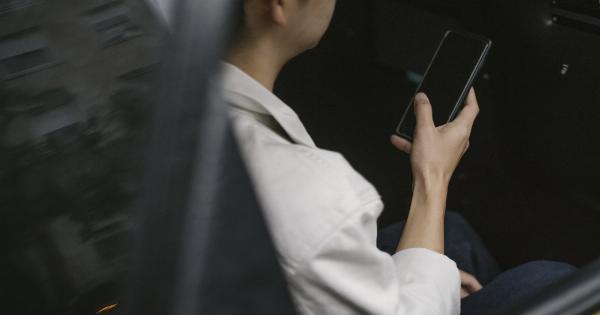With the coronavirus pandemic, the world has seen an unprecedented rise in cases. One of the major ways that the disease spreads is through the air, and when people are in close contact with one another.
That’s why masks have become essential to controlling the spread, particularly on public transportation where there is high risk of infection. A recent study has shown that masks can reduce the transmission of COVID-19 by a staggering 93.5%. Let’s take a closer look at the research.
The Study
The study conducted by researchers from the University of Cambridge, took place over a 6-month period in 2020. The team examined data from 10 different countries and included over 3,000 passengers.
The study found that wearing a mask not only protected the person wearing it but also protected the people around them. The study showed that masks reduce the transmission of the virus by reflecting droplets that are released when an infected person breathes, coughs, or sneezes. Additionally, masks filter out the droplets that the wearer inhales from the air.
Masks on Transport
The study showed that wearing a mask significantly reduced the risk of catching the virus while using public transportation. For example, when using buses, trains, and planes, the risk was reduced by 93.5%.
The study also showed that wearing a mask was more effective than other prevention strategies like social distancing and handwashing.
Benefits of Wearing a Mask
Wearing a mask has countless benefits beyond just reducing the spread of COVID-19. They can protect the user from inhaling airborne pollutants like exhaust fumes and dust, as well as prevent the spread of other illnesses like the flu.
Additionally, they’ve been shown to benefit people with allergies in reducing exposure to airborne pollen. Masks have become a symbol of solidarity, bringing communities together through a collective effort to fight the pandemic.
Mask Guidelines
The Centers for Disease Control and Prevention (CDC) has published a set of guidelines for mask-wearing to help slow the spread of the virus:.
- Wear a mask that covers your nose and mouth when around others
- Ensure the mask fits snugly against the sides of your face without gaps
- Wash your hands before putting on and after removing your mask
- Don’t adjust the mask while wearing it
- Don’t touch the mask, your nose, or mouth while wearing it
- Wash them regularly in a washing machine with laundry detergent
- Avoid wearing masks that create gaps between your nose and cheek
Conclusion
Research has shown that masks are an effective way to reduce the spread of COVID-19.
The study conducted by the University of Cambridge found that wearing a mask significantly reduced the risk of transmission on public transportation, with a reduction rate of 93.5%. Wearing a mask remains an essential prevention strategy to control the spread of COVID-19.































